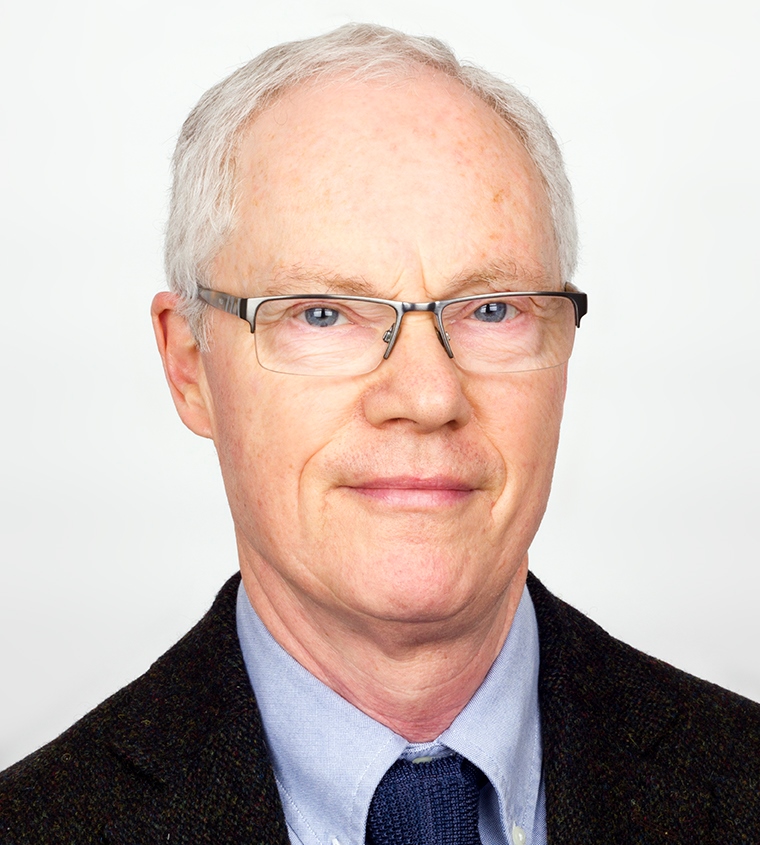 The COVID-19 pandemic and the Second World War aerial bombing campaign against the UK both exposed the civilian population to a sustained threat. Risk, whether from exposure to viral load or the density of the bombing, led to a range of protective measures and behavioural regulations being implemented. Edgar Jones outlines key policy lessons from the 1939-45 experience that may prove useful today.
The COVID-19 pandemic and the Second World War aerial bombing campaign against the UK both exposed the civilian population to a sustained threat. Risk, whether from exposure to viral load or the density of the bombing, led to a range of protective measures and behavioural regulations being implemented. Edgar Jones outlines key policy lessons from the 1939-45 experience that may prove useful today.
During the lockdown imposed as a result of COVID-19, politicians evoked the ‘Blitz spirit’ to encourage resilience and collective responsibility. Whilst historians observed that the term failed to capture the complex reality of how people responded to air-raids, the parallel between the pandemic and the bombing of civilians has value in terms of behavioural science. In both cases, governments sought to maintain production and essential services without being able to protect people from harm. Mortality rates are similar and associated with those living in more densely populated areas. In these respects, COVID-19 is not the unprecedented event that commentators repeatedly claim.
In a recent article based on archival research of ministerial records and state-directed research, I argue that there are lessons for current practice and policy. First, government and its advisors ignored crucial evidence in the preparation period for both events. In the 1930s, reports of Japanese bombing of Chinese towns and Nationalist bombing of Republicans in Spain revealed evidence of adaptability and the absence of panic. Yet these findings were rejected, and policies introduced based on innate fearfulness and a desire for protection, a so-called ‘deep shelter mentality’. Equally, little attempt was made to gather evidence from Wuhan or from Italy early in 2020 because of supposed cultural and demographic differences. Further, the Scientific Pandemic Influenza Group on Behaviour (SPI-B) cautioned against the use of evidence gathered from other nations based on findings from the H1N1 pandemic of 2009. However, these related to different rates of hand-washing, wearing of masks or aspects of social distancing, though the percentage differences were arguably nuances.
A study of shelter behaviour in World War Two would have revealed the importance of home. During air-raids, people preferred to remain in their own houses, rather than go to deep shelters, even though this sacrificed safety. Lockdown was delayed, in part, because the government believed it would be difficult to enforce and later may have underestimated the difficulty of encouraging people back to work. People often led, rather than followed, government policy. Many offices and schools closed their premises before the lockdown was imposed and the vulnerable began shielding before officially advised to do so.
Although UK politicians repeatedly state that policy is driven by science, the process by which evidence is applied to behavioural regulations and the organisation of services remains unclear. Significant differences exist between the way scientists were involved in World War Two and today. The cabinet that evolved by the mid-point of the war drew on diverse talent, whilst the recruitment of gifted individuals from industry, the City, universities and the professions to the Civil Service created an administration with broad expertise. Scientists were integrated at all levels of government. Frederick Lindemann, a physicist and director of the Clarendon Laboratory at Oxford, joined the cabinet in 1942, albeit as Paymaster General. John Anderson, who had studied the chemistry of uranium and served as Home Secretary and Minister of Home Security, was largely responsible for setting up the Civil Defence Research Committee in May 1939 to address the prevailing ignorance about the physical and psychological consequences of explosions. J.D. Bernal, a physicist, and Solly Zuckerman, a physiologist, were recruited to undertake a series of government-funded investigations in London, Hull and Birmingham. Henry Tizard, the chemist and Rector of Imperial College, led a technical and scientific mission to the United States in 1940 and served as adviser to the Air Staff and chairman of the Scientific Advisory Committee. The wartime model, designed to provide informed solutions, was one of integration, in which scientists also served as policy makers. In the post-war period, functional links were progressively eroded with scientists being given circumscribed roles. Tizard became chief scientist to the Ministry of Defence and Zuckerman was appointed in 1964 as the government’s first chief scientific adviser, a post with no formal management responsibility.
Today, scientists are not integrated within government but organised into increasing large and numerous committees. A key element in the UK’s response to serious or catastrophic emergencies is the activation of a Scientific Advisory Group for Emergencies (SAGE). The group assembled to address the coronavirus pandemic has grown progressively and by July 2020 comprised 86 members, whilst its subsidiaries SPB-1 has 40 members and the Scientific Pandemic Influenza Group on Modelling (SPI-M) has 44. Hence, over a hundred scientists produce consensus statements, which the government’s chief scientific adviser, Patrick Vallance, presents to the Cabinet Office Briefing Room. Having so many researchers with routes to policymakers offers politicians an opportunity to be selective in the advice that they follow. Evidence given to House of Commons Select Committee on Health and Social Care in July 2020 revealed a concern about governance. Paul Nurse observed that it was often unclear which individuals or departments had responsibility for decisions so that scientists did not know to whom they should direct evidence. By the nature of its size, SAGE appears to be a forum primarily designed for discussion, whilst the practical implementation of advice remains with politicians, allowing them to ignore findings or adopt policies for which there is no evidence.
Pandemics are like wars; they threaten lives often in random or unpredictable ways. COVID-19 has arguably produced the most invasive change to peoples’ daily existence since 1945. Governments are always likely to make mistakes at the outset of such crises as they struggle to understand the new realities. Scientists too face challenges attempting to draw conclusions from imperfect or uncertain knowledge. Whilst it is imperative that they work together in a constructive partnership, the most effective mechanisms are far from clear. The delay in introducing a lockdown to the UK despite clear evidence of its value in Singapore, Vietnam, South Korea and Germany suggests that the current system has limitations. Much may plausibly be learnt from the systems devised by the UK government by the end of World War Two and from those nations that succeeded in keeping mortality rates from coronavirus at low levels.
___________________
Note: the above draws on the author’s published work in The Lancet Psychiatry.
 Edgar Jones is Professor of the History of Medicine and Psychiatry at King’s College London.
Edgar Jones is Professor of the History of Medicine and Psychiatry at King’s College London.








There are many similarities between Zuckerman’s and Lindemann’s research into mental stability during WW2 and the psychology of populations during the COVID19 pandemic. This is hardly surprising as both events has a commonality of leading to varying levels of trauma in the individual.
However, there is one factor missing from this analysis. That is, how does a government maintain control of their citizens so that they follow the rule of law while experiencing life-changing events. This also has comparisons with WW2, but in my opinion there is a need to pay closer attention to this part of the equation.
The blitz of Hull in 1941 was used as a program of research to determine the threshold of carpet bombing to inflict on Germany to have such an effect to draw the war to its conclusion. This type of research is a very slippery academic slope due to
the inquisitive nature of scientists. There are many examples from history where “big things have small beginnings”, some of them benign, but I’m afraid many of them insidious in nature. Then, when they become more prominent they gather their own momentum helped along by the human condition. The most recent example of the latter is the growth of the National Socialist Party in Germany after WW1. To explain further, where there is a vacuum of disorganisation anything has the potential to fill that void.
I am not saying that something similar to what happened in the 1930s in Germany will happen again somewhere in the world, but I’m afraid the same sort of ingredients are gathering and history has a habit of rejecting itself. My last couple of sentences might be a little far-fetched. The UK government has told the the population to report on their neighbours if they observe them breaching the mandatory COVID19 guidelines. During WW2 the UK government inflicted draconian measures
on the population — and quite rightly so — as this saved lives. But in Germany, there was the Gestapo that literally enforced the population to police themselves and report back.. In order to identify the subtleties in human behaviour/psychology, sometimes one needs to have the examples from history that are downright obvious.